Hallucigenia worm illustration
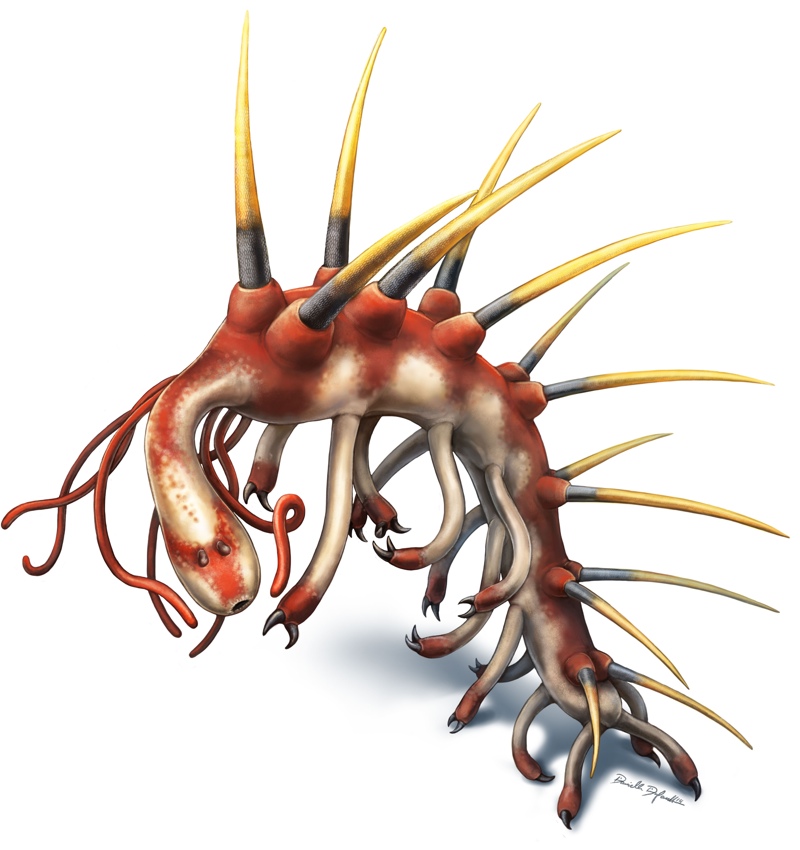
The Hallucigenia sparsa worm had quite a grin — a circular mouth lined with needlelike teeth. More teeth lined the inside of its mouth and throat, researchers found.
Hallucigenia worm fossil
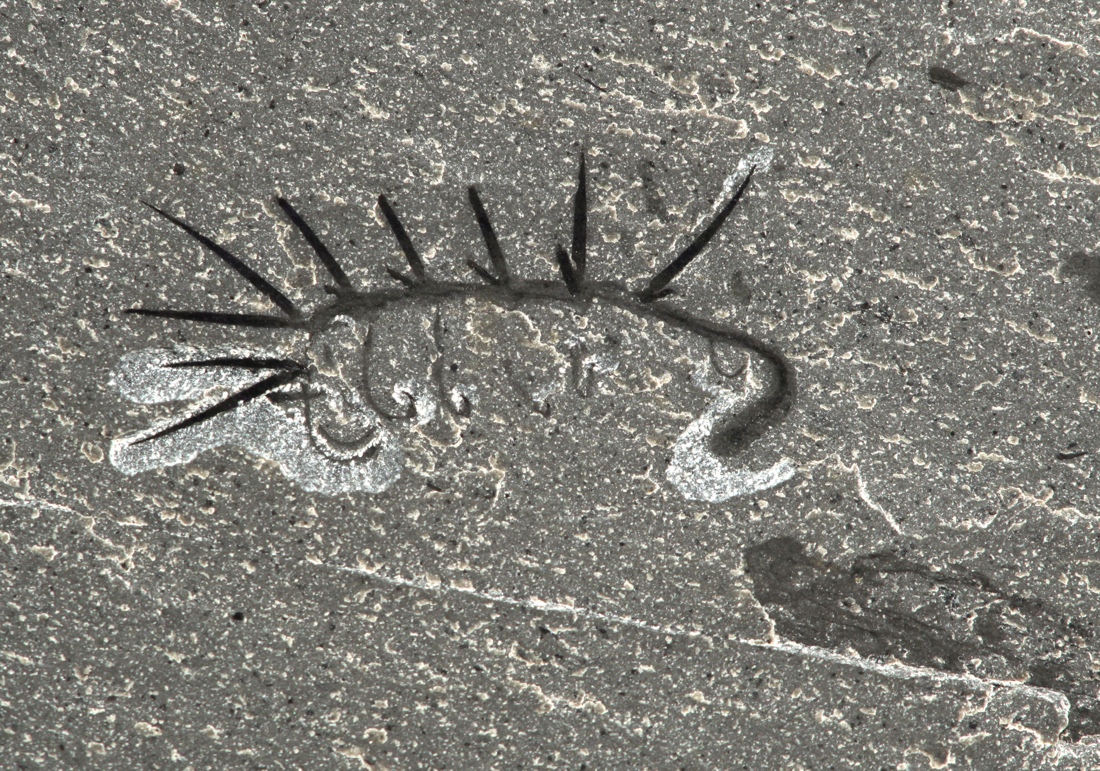
The Hallucigenia sparsa worm was uncovered in Canada's Burgess Shale, one of the world's richest fossil sites.
Ancient Arthropod
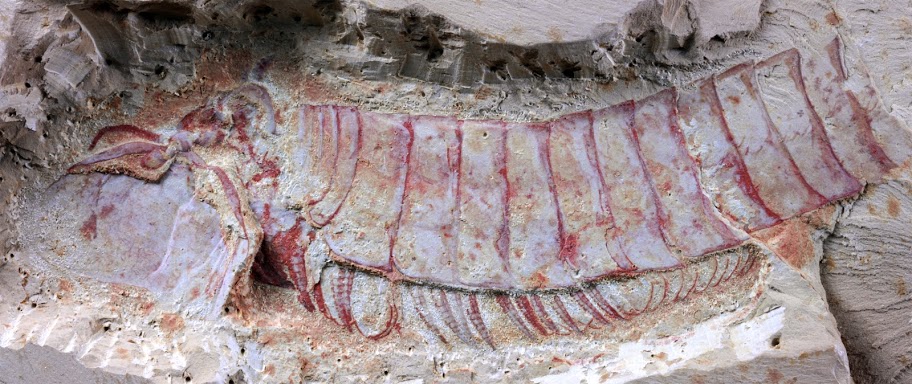
The Cambrian period saw a rise in complex life forms like this early arthropod from simple multi-cellular creatures.
Well-preserved limbs
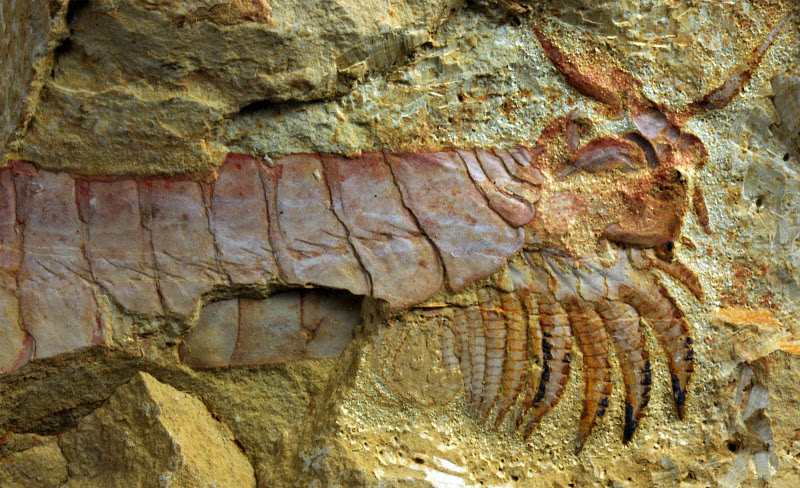
Because the ancient arthropods, fuxhianhuiid, were fossilized in a flipped position in a region of Southwest China, they are only example of preserved feeding limbs in this species.
Nervous System
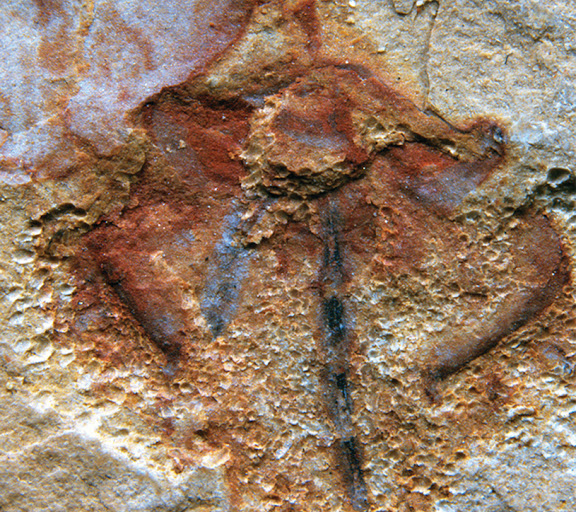
A site in Southwest China has revealed a rich trove of creatures from the Cambrian period, including the only example of a nervous system that extends past the head.
Rich fossil mine
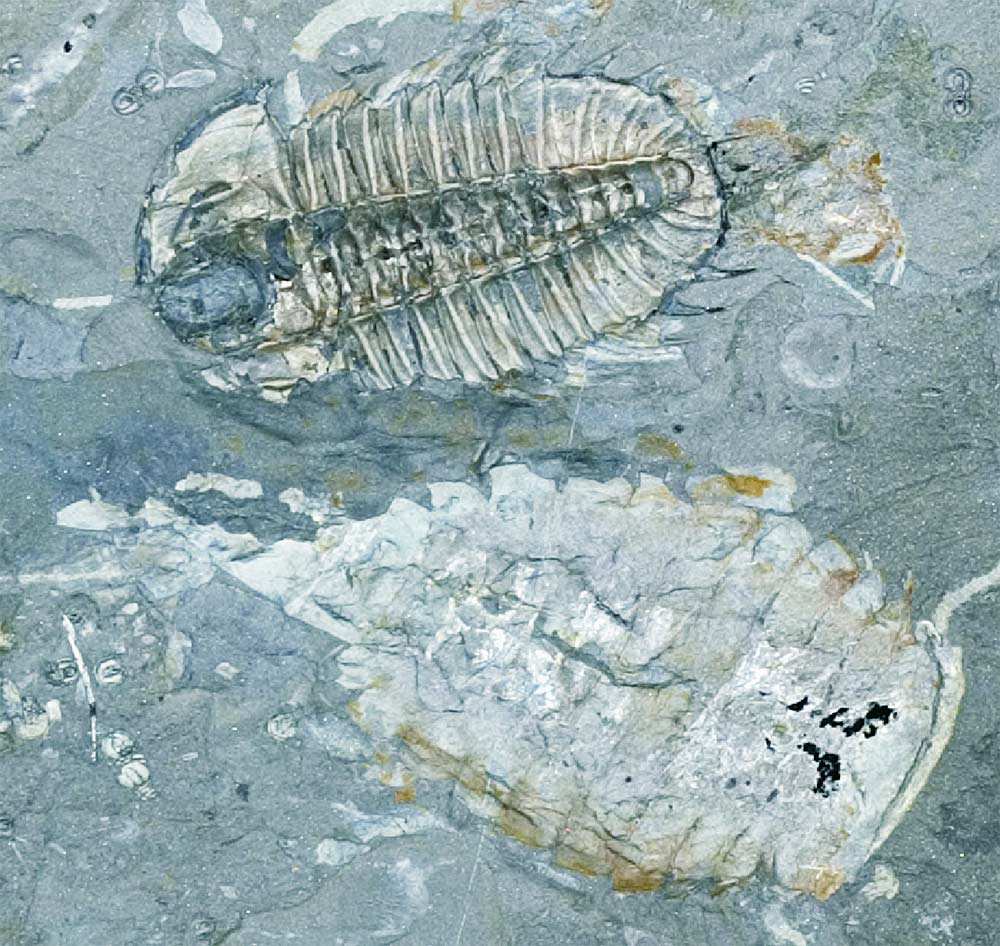
Arthropods from the Burgess shale, such as the trilobite Olenoides and a chelicerate called Sidneyia, exploded in morphological diversity following the so-called Cambrian Explosion.
Iconic species
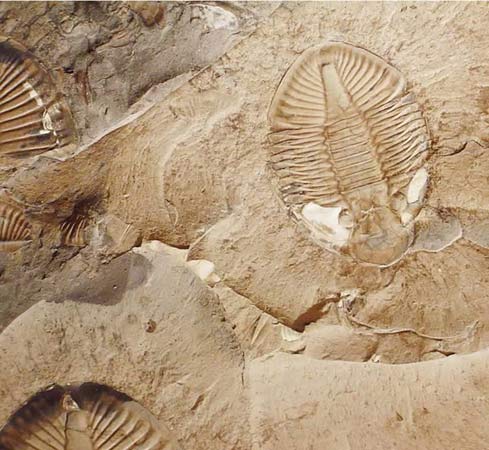
Trilobites are a common find at the Burgess Shale.
Sign up for the Live Science daily newsletter now
Get the world’s most fascinating discoveries delivered straight to your inbox.
Trilobite Traffic

A chain of trilobites preserved in Poland's Holy Cross Mountains.
Prickly creature
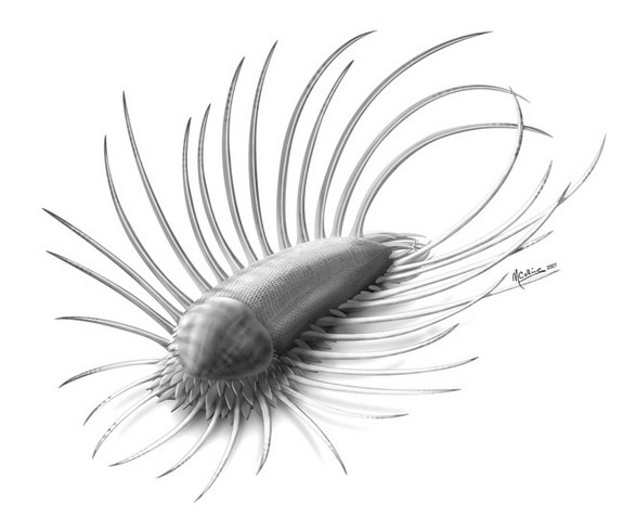
Paleontologists have also identified a a slug-like creature covered with prickly armor at the Burgess Shale
Tulip-shaped animal
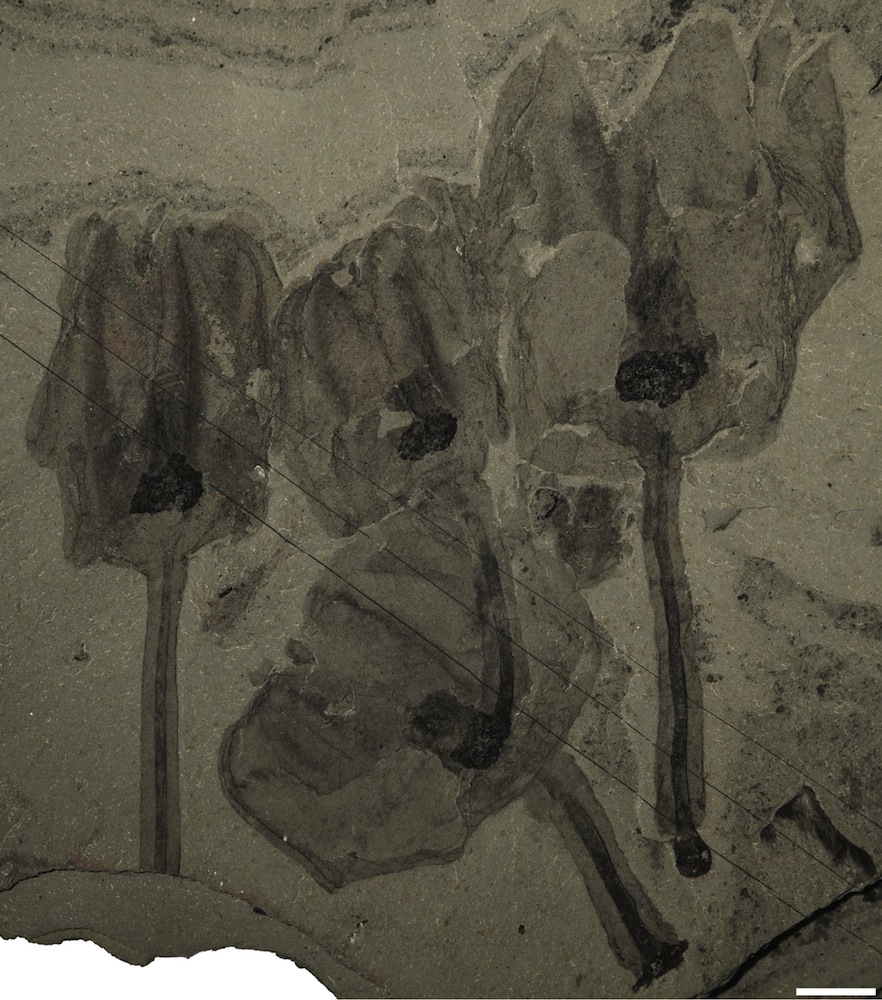
The Cambrian also saw the rise of larger creatures, such as this 2-foot-long ancient shrimplike creatures called anomalocaridids, which had spiny head limbs for catching prey

Tia is the managing editor and was previously a senior writer for Live Science. Her work has appeared in Scientific American, Wired.com and other outlets. She holds a master's degree in bioengineering from the University of Washington, a graduate certificate in science writing from UC Santa Cruz and a bachelor's degree in mechanical engineering from the University of Texas at Austin. Tia was part of a team at the Milwaukee Journal Sentinel that published the Empty Cradles series on preterm births, which won multiple awards, including the 2012 Casey Medal for Meritorious Journalism.









